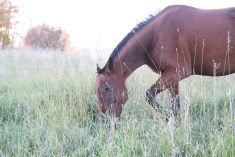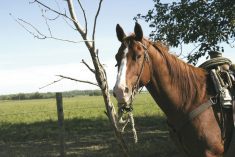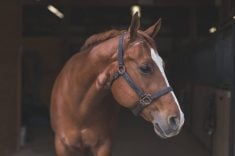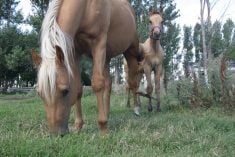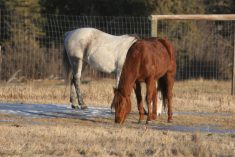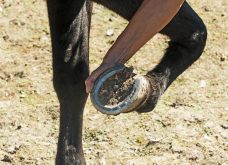The old adage, “no hoof, no horse” is a timeless reminder of the fundamental importance of hoof health in equines, and it’s particularly pertinent for the young weanling horse. The experiences that the hoof undergoes during this formative period of life shapes the animal’s foot soundness throughout its lifetime.
Early hoof care mistakes, whether it’s not giving the young horse enough varied terrain or feeding too rich a diet, can follow the horse later in life.
It is essential for the hoofs of young horses to be actively and diversely engaged to ensure proper development. Young hoofs benefit from exposure to various terrains, such as challenging and uneven surfaces, wet and dry footing, soft and firm ground, obstacles like gopher holes, tree branches, stretches of gravel, hills, valleys and water sources.
Read Also
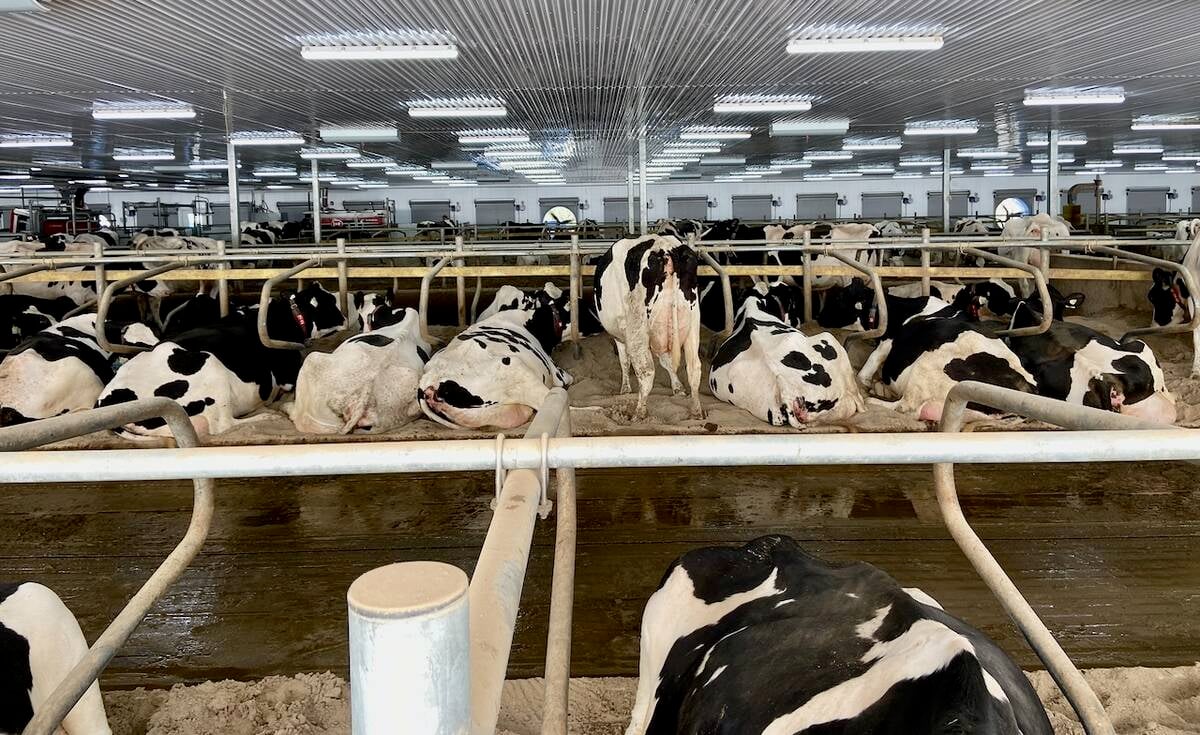
Lactanet moves to monthly on dairy genetic reports
Lactanet is now publishing monthly dairy genetic evaluations, giving dairy farmers more up-to-date data to make breeding decisions.
This helps nurture development of the rear part of the hoof, especially the lateral cartilages and the digital cushion. These structures play a pivotal role in shaping a robust and healthy adult hoof.
Young horses should also take many steps each day. The rhythmic pressure and release cycle of the stride drives transformation of immature fatty tissues in the rear part of the foot into a thick fibrocartilaginous cradle within the heel bulbs, which drives favourable hoof health.
Given sufficient space and the company of herd members, young horses naturally move a lot. Stabling young horses or confining them to small, groomed paddocks denies them these needed adaptive experiences.
The frog, a critical part of a horse’s hoof at any age, needs to contact the ground for necessary forces within the internal foot to stimulate changes essential for development. Excessive wall growth in young hoofs can cause the frog to lift, setting the stage for issues like long toes and underrun heels.
Targeted trimming may then be needed to ensure proper loading at the back of the hoof.
Training
Owners should familiarize a young horse with having its hoofs handled. There are a range of advantages, including enhanced safety, trust-building, continuous hoof care and owner empowerment. It requires patience and understanding as the young horse masters the art of balancing on three legs while the handler lifts the fourth.
When done correctly, this training fosters the horse’s willingness to co-operate during hoof care throughout its lifetime and forms the foundation of essential ground manners. Skillful handling of the horse’s hoofs is fundamental to cultivating a well-behaved horse.
It helps the horse recognize and respect the handler’s cues, simplifying management in various situations. The process eventually becomes routine, benefiting the horse, farrier and owner.
Diet
Proper nutrition is essential to healthy hoof development. Young horses in particular benefit from a diet primarily based on good quality forages. This provides a range of vital nutrients, including volatile fatty acids, and generates bio-available minerals and vitamins.
Exercise caution when it comes to rich diets and processed feed rations. They can place unwanted stress on the youngster’s metabolic and hormonal systems. This can lead to over-conditioning, potentially resulting in obesity among young horses.
Excess weight can burden the developing tissues and put unnecessary strain and stress on immature hoofs.
Taking action
Limb or foot structure imbalances may warrant early intervention. In such cases, it’s wise to seek the collaborative expertise of both a veterinarian and a farrier.
The development and maturation of the rear part of the hoof is an ongoing process that requires continuous care and attention in the early years to secure long-term health and soundness. Understanding the significance of early hoof care in young horses ensures they get the best possible start toward becoming healthy, thriving, and sure-footed individuals.




